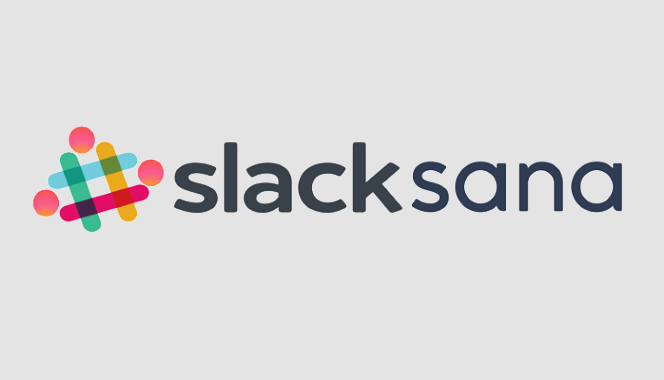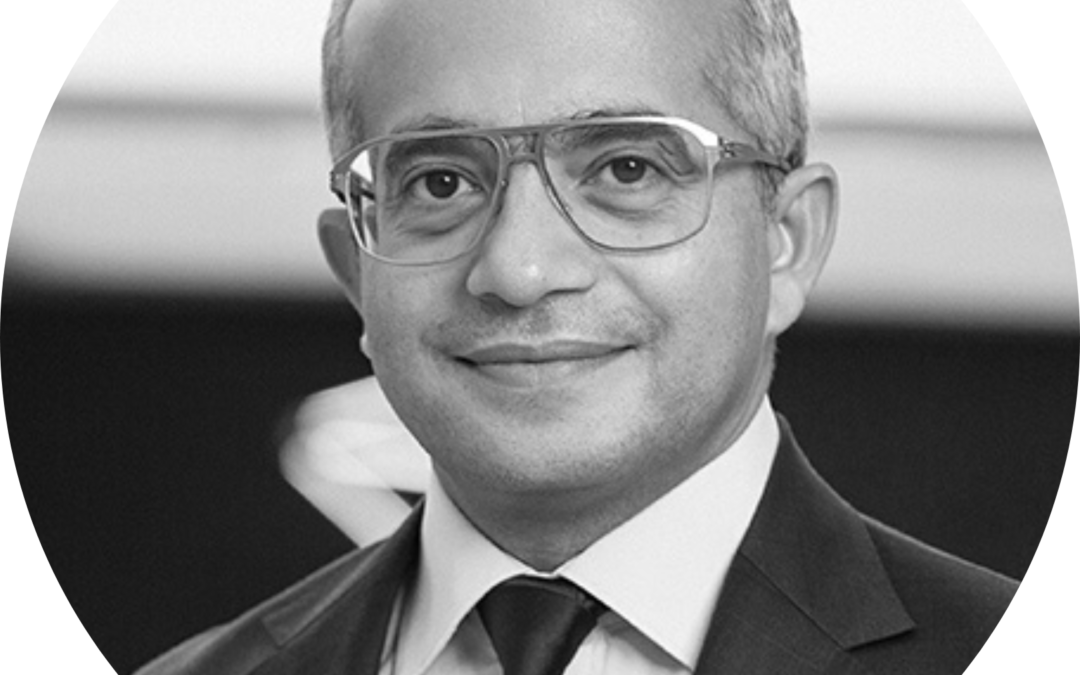
by Arzan VC | Apr 4, 2016 | Ecosystem
We at ArzanVC have been in the game for a while now, eight startups, different countries, hundreds of pitches, meetings and ambitious entrepreneurs. With all of this, we as VC’s have had our ups and downs, our challenges and we’re learning more lessons as we go.
These lessons have helped us develop few principles while communicating with founders, here are some:
1- We manage expectations in the first meeting
We’ve been working on reducing the time we need to make a final decision. We value the founder’s time and we know that they want the funding to focus on building their product. But taking the decision to invest in a specific startup is not that easy. We need to do our research; we need to analyze the company and the market as thoroughly as possible. No matter how big the fund is, it’s still limited, and we are judged by the quality of startups we pick and the return they bring.
2- We don’t discard what we don’t know
The most interesting and valuable ideas are the ones that we don’t understand at first. Instead of discarding what we don’t know, we turn to our advisors. We made sure that our advisors are not ‘domain-experts’ because then they might be stuck inside the box. Our advisors are successful entrepreneurs who understand how a new concept can be disruptive.
3- We ask as many questions as we can
We don’t have the answers for everything, which is why we need to know the questions we ask. It can open up new avenues and new patterns; tough questions can also help the entrepreneur understand their business from all angles and give them new lines of thought.
4- We make the decision clear
Saying no is always very difficult but we try a different approach, we tell entrepreneurs why we are saying no. We give them valid reasons, pointers for improvement and we keep the line open for future communication
5- We do not follow other players blindly
When we started, entrepreneurs complained about our extensive due diligence exercise. They compared us to other VC’s and mainly the ones that are located in Silicon Valley. After analyzing the situation we kept our extensive due diligence, we did not follow other VC methods, but we refocused our attention to more relevant information that reflected the startup stage. Therefore, we did what made us comfortable but at the same is understandable to entrepreneurs
These are just a few of the things we’ve learned; our list can go on for days. We always keep in mind that being a successful VC requires an open mind and the willingness to learn and adapt to new things.

by Arzan VC | Sep 10, 2015 | Ecosystem, Knowledge
As a VC firm, we receive many deals every week. They come through different channels, some through LinkedIn and Twitter and some through email (personal and work). We used to ask everyone to send the pitch deck to our work email so we can manage all the pipeline from one place.
But email has many other uses! There are newsletters we receive on weekly basis, and some updates from here and there. There are also emails from other VCs, advisors, mentors, event organizers, lawyers and other service providers.
On the other hand, although our investment team is only four, but we’re in different locations and we travel a lot. So we used email a lot for internal communication. Add to that all corporate matters within the group like HR, finance, and admin stuff.
We naturally started to use WhatsApp for quick internal communications. That helped to reduce email usage a bit, and made it faster to reply to quick questions (when it’s an email there is a psychological assumption that it’s not urgent and the reply can be sent later, but for chat, it’s now by nature!). But WhatsApp created even more problems as all conversations are mixed up and there is no subject line, threads, or any way to categorize or separate discussions.
When it comes to the startups pipeline, as a new VC firm with less than 2 years of operations, we didn’t use any CRM tool. That was a mistake! We had more deals than what we can handle as a small team, and thus, we started to lose track of all the startups we met, we started to take more time than we should to reply to founders, and we couldn’t proactively follow up with all of them.
Finally, when it comes to internal projects & tasks, we also used email! Some of those emails had 10s of threads!
How We Handled Email Last Year
We used email for all of the above, and because we received too many emails every day, we needed to prioritize reply, so we used to have a folder in email named “To Follow Up” and another one named “To Act On”, a folder for every closed deal, and many other folders!
As individuals, we used 10s of online and mobile tools. But as a team, our work was revolving around:
- Email (mainly for everything),
- Skype (for calls with founders and for internal team calls),
- Evernote (for taking notes while having the calls and for knowledge management),
- Dropbox (for file storage and sharing).
We thought this would be sufficient to run a small firm.
Using SharePoint For Few Months
Mid last year, we took a decision to use more tools, and we tried Microsoft SharePoint. We kept Skype of course, but we used OneNote instead of Evernote and OneDrive instead of Dropbox.
To be honest, SharePoint has almost everything, for example I was surprised to know that they have a collaboration tool that enabled us to concurrently edit a Word or Excel file online together (like Google Docs), but access and usability was a big issue, specially that we’re used to Google Docs individually!
Researching New Tools
By the end of last year, we took the decision to abandon Microsoft and try other tools. As entrepreneurs we used many other tools and we have invested in startups that experimented with even more tools.
We considered all the following:
For Internal Communication:
For Project/Task Management
- Jira
- Asana
- Basecamp
- Trello
- Write
For CRM:
- Highrise
- RelateIQ
- IOGrow
- Many others
For Knowledge Management
- Confluence
- Guru
- Google Docs
In addition, several add-ons/apps and integrations among those tool, and integrations with email were considered
After all this, and for now, we decided to keep email and file storage on the existing Microsoft infrastructure with the corporation (Outlook and OneDrive), we also kept Skype for calls. We decided to use Slack for internal communication, and Asana for project/task management, Google Docs for knowledge management, and we’re still not decided on CRM as Asana might be enough for now. But we will eventually need to find a proper CRM that fits our needs as a VC firm.
How We Use Slack and Asana
Between Slack and Asana, and after using them for a month now, we can’t imagine our work without them! Our email accounts are finally free for mainly founders and other external partners. We even moved all newsletters and updates subscriptions to our personal email accounts.
In addition to the General and Random (which we called Fun instead of Random) channels on Slack, and the side projects and tasks on Asana, we created a Slack channel and an Asana task for every startup in our pipeline.
We started to set a due date (usually 3 weeks) to decide and get the deal out of the sourcing pipeline, I mean 3 weeks to do the basic research and analysis, meet or have calls with the founders as much as needed, finalize the main terms (amount and valuation), and decide whether we want to proceed to Due Diligence (DD) or not. Then we create a new due date for DD and closing.
In that project, we assign tasks and subtasks for each of the team members as needed, we upload the documents there (pitch deck, research reports, DD reports, etc…), and whenever we have a meeting or Skype call with the founders we add all the notes there. All our official comments for the deal are on Asana and all the discussions are on Slack. In addition, all files are kept in Sync on OneDrive as a backup.
What Do You Use? and Why?
We would love to learn more about what you use on daily basis, how you use it, and what was the thought process in selecting the tools.

by Arzan VC | Jan 15, 2015 | Ecosystem, Knowledge
Early 2009, when I started to work on my dream to become a VC, I started with seed stage investing. It seemed like a doable move at that time after working on my first startup and winning two startup awards.
I remember my first naive attempt in early 2009 to raise a seed fund to start “Beta Ventures”, which was intended to be the first Y-Combinator style accelerator in MENA region. Of course I couldn’t raise the fund at that time, and I ended up joining N2V.
By the end of year 2009 Meydan was launched in Jordan, followed by Oasis500 in 2010. At N2V we also launched an accelerator. Since then several other accelerators started to appear all over Arabia including: Egypt, UAE, Bahrain, Lebanon, KSA, etc…. Each had it’s own model, some were shut down and some pivoted once or twice and continued to survive until now. I learned a lot about seed stage investing from those accelerators since I was involved in almost all of them whether as a manager, a seed stage investor, a mentor, or an advisor.
Then I moved to investing in pre-series-A rounds when I managed the growth stage fund at N2V. At that time, I learned more about investing in the graduates of accelerators and other startups that never went to accelerators and yet made some considerable traction.
This was when I decided to become a professional VC. So I attended Harvard executive training on venture capital and then enrolled in a 2-year educational VC program at the Center for Venture Education (Kauffman Fellows Program). This helped me to learn more about VC investing in all stages, and I started to dream about becoming a Series-A VC in addition to being a seed stage VC. Not only that, I also wanted to become an international VC and invest in startups from all over the world.
All this gave me the confidence to try to raise my own fund again, this time under a new name: “Sinbad Ventures”, where I wanted to take regional Arab startups to Silicon Valley and help them go global and raise funds from US VCs. But it didn’t work too. Although I had invested is 8 local/regional startups by that time, and helped many others get funded, but it was still early for the global move. I didn’t have enough experience in taking startups global. So I ended up joining another investment company, Leap Ventures, which invested in both seed and pre series-A. I gained more experience at Leap and learned more about investing in both stages.
The dream to become an international series-A VC was postponed until only few months ago when I joined Arzan VC. Arzan VC is a new VC firm in Dubai that focuses on Series A tech startups from all over the world. Arzan VC considers startups from MENA region as well as from USA & Europe.
We are closing our first two deals now, so hopefully I will have more stories now to blog about from around the world, and will also blog about the differences in investing in different stages of startups Inshallah.







